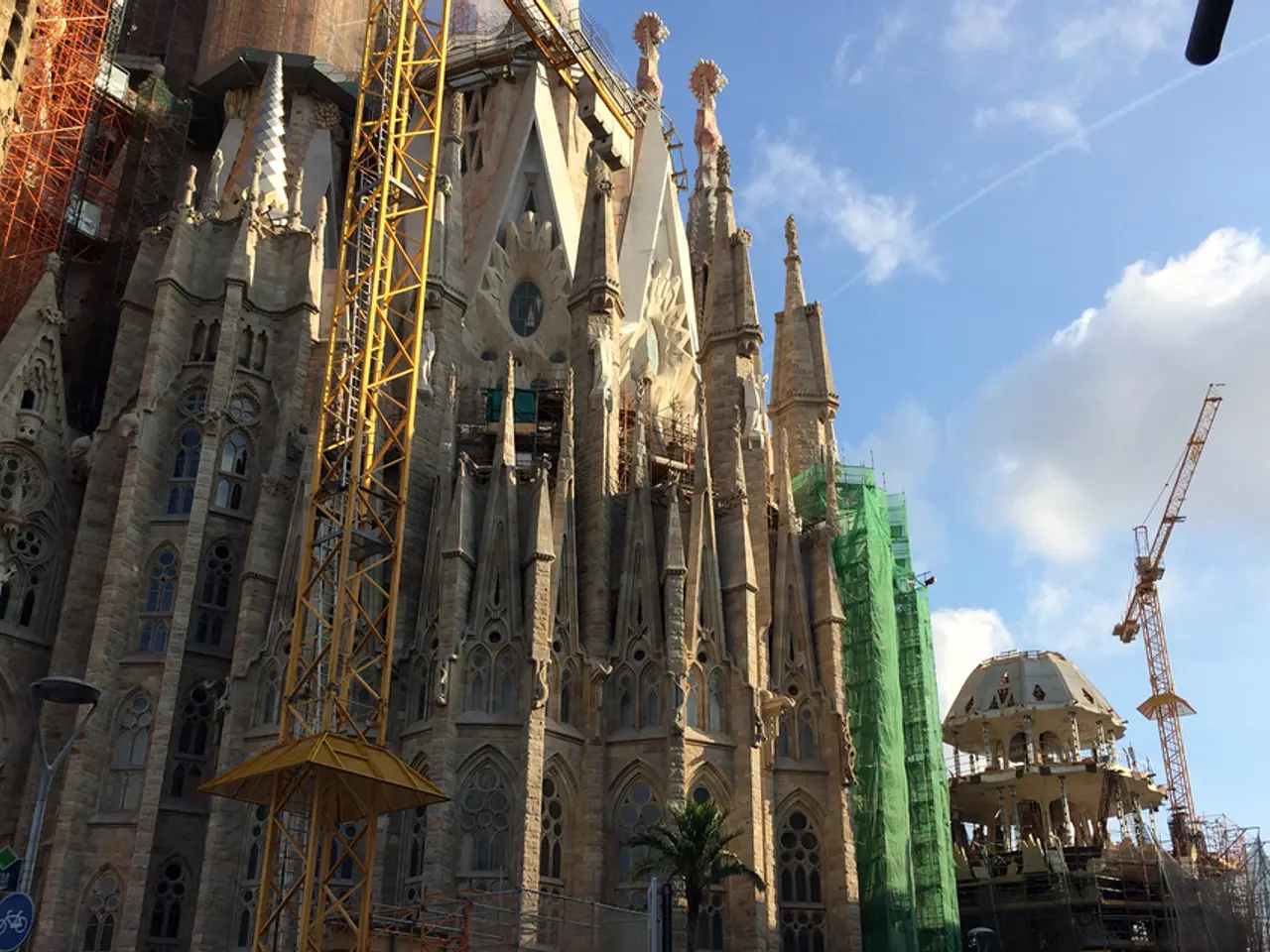Utilizing Virtual Reality in the Construction Industry: advantages and real-world applications
Virtual Reality Transforms the Construction Industry
Virtual Reality (VR) technology is revolutionising the construction sector, offering numerous benefits that range from cost savings to improved safety. This innovative technology is being utilised in various aspects of the construction process, including design visualisation, safety training, and project collaboration.
In the realm of design visualisation, VR enables architects, engineers, and clients to virtually walk through and experience buildings before construction. This feature speeds up the iteration process and facilitates better decision-making, thereby reducing costly design revisions. Leading firms like Foster + Partners and Gensler have already embraced VR walkthroughs to enhance client satisfaction and urban planning interaction.
For safety training and workforce education, VR provides immersive, risk-free environments for training workers on heavy equipment and site safety. Companies such as Caterpillar and Serious Labs utilise VR simulators for equipment operation training and safety certifications, thereby reducing training-related accidents and equipment wear.
VR also plays a crucial role in simulation and workflow optimisation. By simulating construction sequences, VR helps identify design and workflow conflicts early, improving efficiency and reducing errors. Extended Reality (including VR) supports remote collaboration and realistic project rehearsals in bridge construction and civil engineering.
Another significant application of VR in construction is digital twins integration. Combined with digital twin technology, VR allows real-time data-driven simulation and predictive analysis to preemptively address site problems, environmental impacts, and safety risks, thereby improving overall project management and reducing downtime and waste.
The advantages of VR in construction are manifold. It can lead to up to 20% cost savings due to early clash detection and optimised resource use. VR can also reduce model design time by about 10% and construction time by about 7% through enhanced collaboration and error reduction. Furthermore, VR can improve worker safety with up to a 45% reduction in workplace accidents due to better training. Lastly, VR can enhance predictive risk management and operational efficiency with digital twin-enabled VR environments.
The VR construction market is growing rapidly, projected to reach $2.2 billion by 2025, reflecting increasing industry adoption driven by these clear practical advantages. Overall, VR is transitioning construction from reactive problem-solving to proactive, collaborative, and data-informed project execution.
However, VR technology is not without its technical limitations, such as limited field of view, latency, and resolution. As technology advances, these limitations are likely to be overcome, enabling construction professionals to create more realistic and detailed virtual environments, and making VR more accessible for more construction professionals to use in their work.
In the realm of business and finance, these advances in VR technology can lead to significant cost savings and efficiency improvements within the construction industry, potentially increasing profits and competitiveness.
With the integration of technology and gadgets like digital twins and VR simulators, construction projects can benefit from enhanced precision, predictive analysis, and error reduction, ultimately resulting in a stronger industry that delivers better results for all stakeholders.




